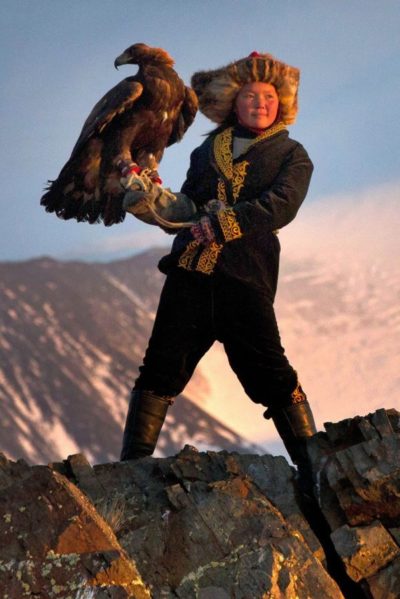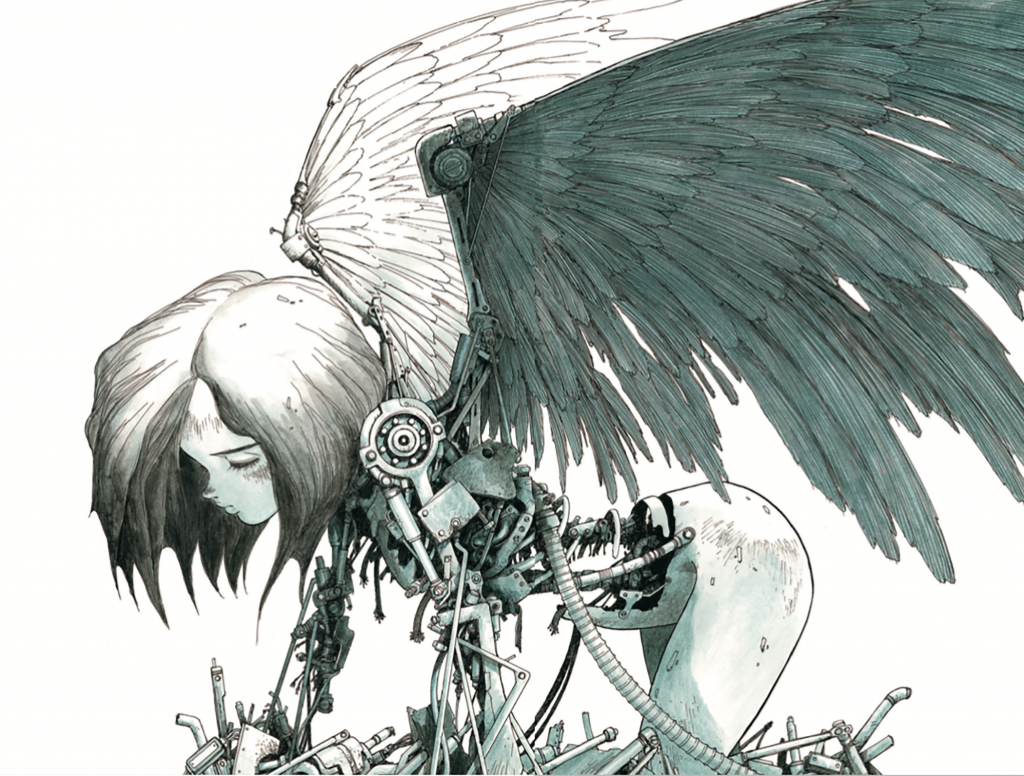
Literary rating: ★★★★
Kick-butt quotient: ☆☆☆☆½
 I used to read a lot of comics and graphic novels. But when I moved from London to Arizona in 2000, I all but stopped. There are still boxes in our basement, unopened since then, filled with my comic collection. Rare have been the forays into that culture since, beyond the occasional volume of Dirty Pair, for review purposes. Certainly, nothing as extended as deciding to re-read this in advance of the anticipated release of Robert Rodriguez’s live-action movie. Initially, I feared I had bitten off more than I could chew, when I realized the nine-volume series was a total of over two thousand pages of content. Maybe I should have started reading it before mid-October?
I used to read a lot of comics and graphic novels. But when I moved from London to Arizona in 2000, I all but stopped. There are still boxes in our basement, unopened since then, filled with my comic collection. Rare have been the forays into that culture since, beyond the occasional volume of Dirty Pair, for review purposes. Certainly, nothing as extended as deciding to re-read this in advance of the anticipated release of Robert Rodriguez’s live-action movie. Initially, I feared I had bitten off more than I could chew, when I realized the nine-volume series was a total of over two thousand pages of content. Maybe I should have started reading it before mid-October?
In the end, the release date for the movie got pushed into next year, and I blitzed through the comics at about a volume per day, in virtually my usual reading time. I’d forgotten how pacy comic reading can be: if there’s no dialogue, you scan the panels quickly. It’s not as if you stop and admire them, or worry about what exactly is being portrayed. The intent is almost for the visual aspect to go from the page into your subconscious, so you get a visceral “feel” for what’s happening. That’s especially true for something as heavily action-oriented as this, and Kishiro has an amazing flair for it (not least in the area of sound effects!). If you look at an individual frame, you might not know what’s happening; yet put them together, and almost magically, it becomes a coherent flow.
Ho wever, there’s still an amazing amount going on in terms of story-line and universe-building. You can easily see how the feature film will only be able to cover perhaps one-quarter of the series. I presume it will begin with the origin story, in which Ido finds the head of Alita in the scrapyard beneath the floating city of Tiphares, and gives it a cybernetic body. He’s a part-time bounty hunter, only to find out quickly, the combat abilities of his new charge far surpass his own. Unfortunately, she has little or no memory of her prior life; where she got these skills and how she ended up in the scrapyard is only revealed well into the series.
wever, there’s still an amazing amount going on in terms of story-line and universe-building. You can easily see how the feature film will only be able to cover perhaps one-quarter of the series. I presume it will begin with the origin story, in which Ido finds the head of Alita in the scrapyard beneath the floating city of Tiphares, and gives it a cybernetic body. He’s a part-time bounty hunter, only to find out quickly, the combat abilities of his new charge far surpass his own. Unfortunately, she has little or no memory of her prior life; where she got these skills and how she ended up in the scrapyard is only revealed well into the series.
The second volume has her both falling in love, and discovering the pain which love can bring. She is smitten by Hugo, another young orphan of the scrapyard, who is working hard – albeit in some very dubious ways – to raise enough funds to buy a ticket up to Tiphares. When he discovers the truth about his situation, he cracks – and a bounty is placed on his head. The end result is romantic tragedy of a high order, and also drives Alita away from Ido. That brings her into the middle arc: motorball, a superviolent pastime popular among the scrapyard inhabitants. This occupies the third and fourth volumes: Alita climbs the sport’s ladder towards the elite players, and ends up facing off against its brutal champion, Jashugan. It appears this is roughly the arcs which will be covered in the film version, though I’m not sure how far they’ll get into the motorball thread.
The second half sees Alita head into the wastelands, in search of Desty Nova, like Ido another Tipharen exile. She has become an agent working on behalf of the floating city, and against the rebel group of Barjack, which is intent on (literally) taking down Tiphares. While this gives her access to help from above, the flow of data goes both ways: if one Alita is good, wouldn’t a dozen of them be better? Through Nova, she discovers the gruesome truth about the citizens of Tiphares, and her convenient amnesia is also cured, with Alita remembering where she came from, as well as finding out the history which led to the current situation on Earth. She’s left to make the ultimate choice: whether to destroy Tiphares or save it.
It having been more than two decades since I last read this, I’d forgotten almost all the details, so the twists and turns proved highly effective once more. There were several moments where I had to put the book down and just absorb what I’d been told, and Kishiro is good at telling the reader the essential information efficiently. However, it’s the action sequences throughout where he really shines, whether it’s the motorball contests, or the escalating series of battles in which Alita finds herself involved. For no matter how powerful she may become, there’s always someone bigger and badder – likely culminating in Den, leader of the Barjack rebels. Imagine a pissed-off half-horse, half-Transformer. Yeah, he’s like that.
While they certainly would not be cheap, there’s enough material here for a whole franchise of live-action movies, if the first one is a success (fingers crossed, though I’m not optimistic it’ll take in the half-billion or more needed for it to turn a profit). I’m really looking forward to seeing what Robert Rodriguez can do with the adaptation, on the largest cinema screen I can find. Hopefully his vision of Tiphares, the scrapyard and Alita is able to live up to the impressive world created by Kishiro.
Author: Yukito Kishiro
Publisher: VIZ Media LLC, available through Amazon, both as a paperback and an e-book
















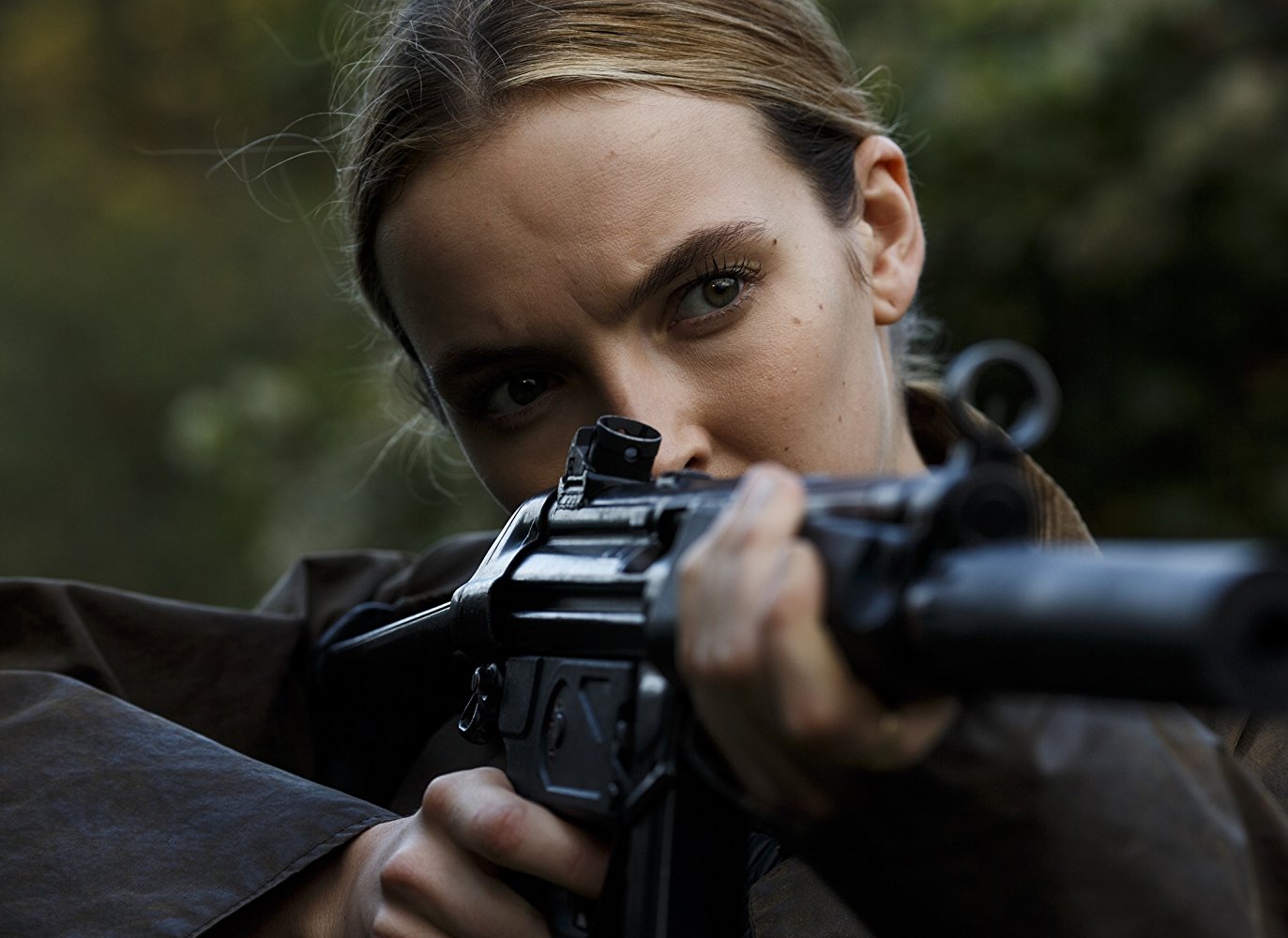 ★★★★
★★★★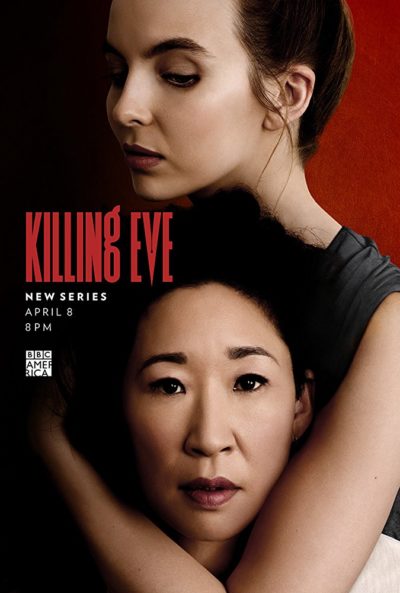 The show is defiantly messy in terms of its characters, who manage both to embody the stereotypes of the dogged law-enforcement official and the slick, femme fatale, while also subverting them. From the viewpoint of this site, Oksana is likely the more interesting. As a high concept, imagine a female version of Dexter: charming and affable on the surface, yet extraordinary lethal – and capable of flicking that switch in a moment. The difference is, Villanelle has chosen not to control and direct her “dark passenger” so much as embrace them fully, and is given the chance to do so by the profession into which she is recruited. It also allows her to indulge her fondness for haute couture.
The show is defiantly messy in terms of its characters, who manage both to embody the stereotypes of the dogged law-enforcement official and the slick, femme fatale, while also subverting them. From the viewpoint of this site, Oksana is likely the more interesting. As a high concept, imagine a female version of Dexter: charming and affable on the surface, yet extraordinary lethal – and capable of flicking that switch in a moment. The difference is, Villanelle has chosen not to control and direct her “dark passenger” so much as embrace them fully, and is given the chance to do so by the profession into which she is recruited. It also allows her to indulge her fondness for haute couture.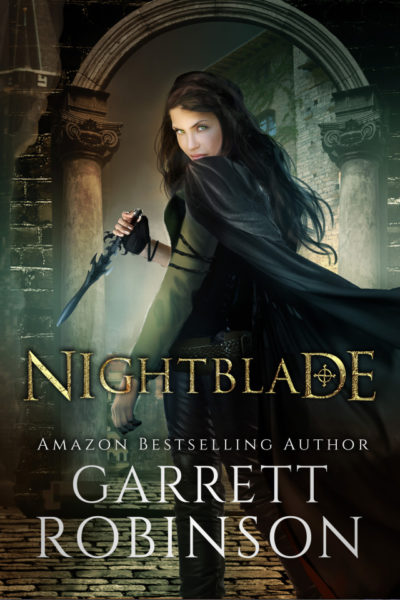 One of the common problems I’ve found with fantasy novels is establishing the universe. It’s clearly going to be very different from the reader’s, and the author needs to get them up to speed on how things work in the book’s setting. If this isn’t done quickly and effectively, the reader can be left floundering in a world they know nothing about. Robinson uses a neat trick to get around this. His heroine, Loren, basically knows nothing about it either, because she has been brought up in a remote rural area. Virtually all she knows about life outside the woods comes from tales told to her by an itinerant tinker, and her dreams of becoming a heroic thief seem no more than fantasies.
One of the common problems I’ve found with fantasy novels is establishing the universe. It’s clearly going to be very different from the reader’s, and the author needs to get them up to speed on how things work in the book’s setting. If this isn’t done quickly and effectively, the reader can be left floundering in a world they know nothing about. Robinson uses a neat trick to get around this. His heroine, Loren, basically knows nothing about it either, because she has been brought up in a remote rural area. Virtually all she knows about life outside the woods comes from tales told to her by an itinerant tinker, and her dreams of becoming a heroic thief seem no more than fantasies.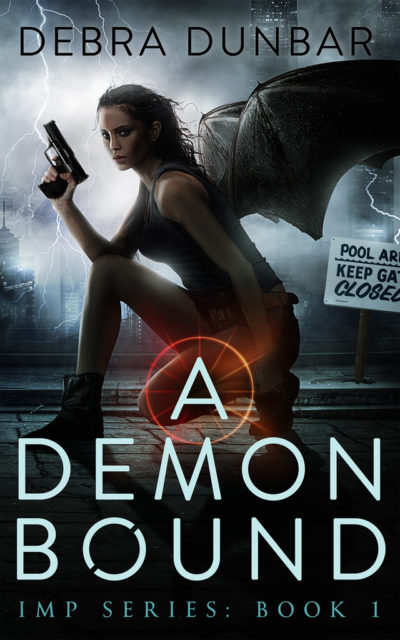
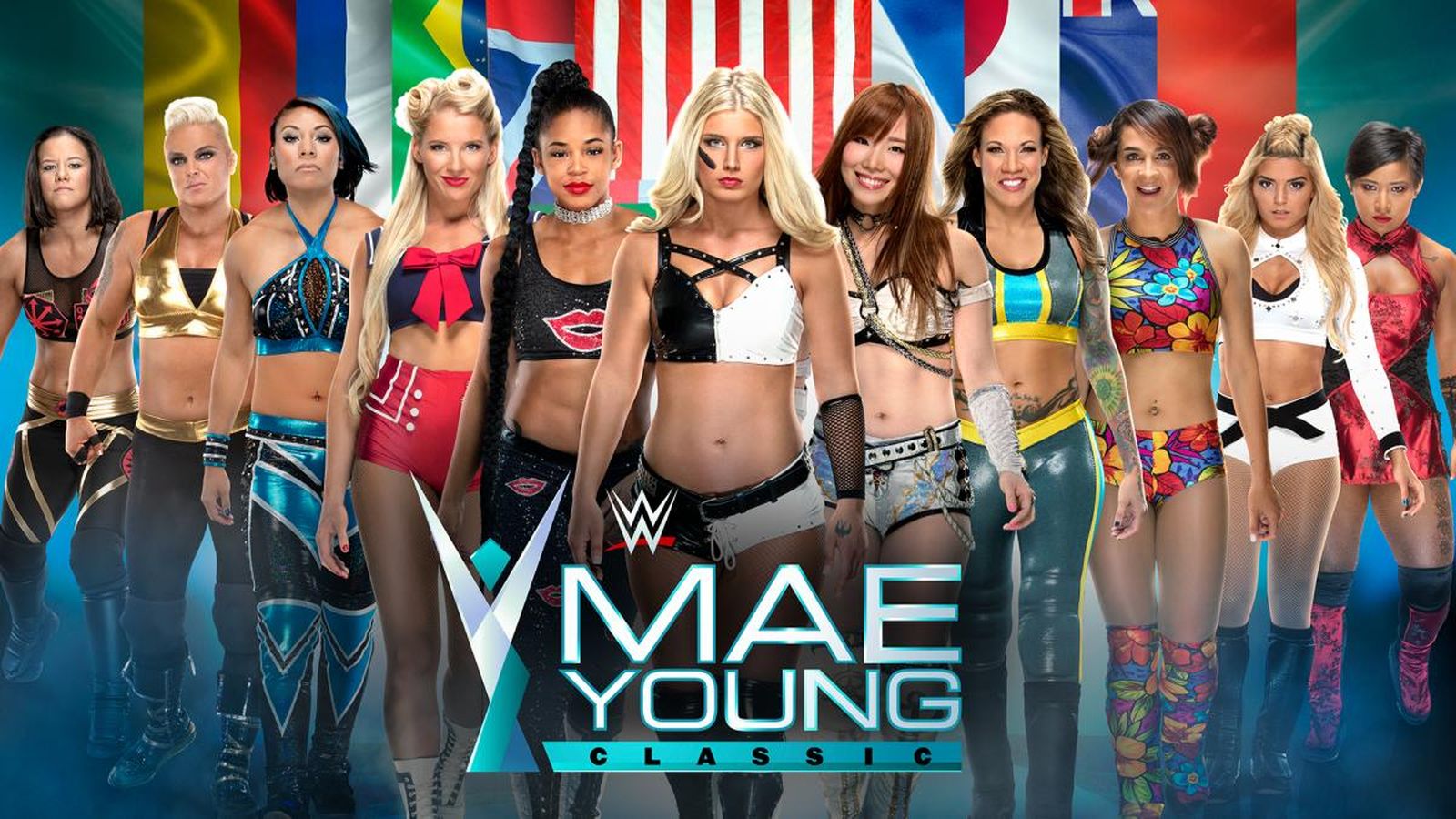 ★★★★
★★★★
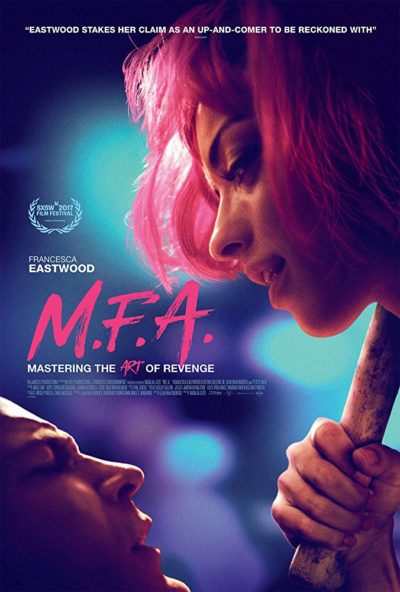 I say the above, since the father of the star here is Clint Eastwood, possibly the most famous vigilante in cinematic history. He gave us Dirty Harry, who memorably spat out lines such as, “When an adult male is chasing a female with intent to commit rape, I shoot the bastard – that’s my policy.” This apple doesn’t fall far from the tree. Though Noelle, the art student who becomes an avenging force after being raped at a party by a fellow student, takes a little longer to get to that point of unrepentant street justice. Her first victim is purely accidental, her attacker falling over a balcony after she confronts him, in the hope of getting some kind of apology. Doesn’t happen, and his death doesn’t exactly cause her sorrow. When she realizes she is also far from alone in what she has gone through, she decides that active retaliation is the best approach.
I say the above, since the father of the star here is Clint Eastwood, possibly the most famous vigilante in cinematic history. He gave us Dirty Harry, who memorably spat out lines such as, “When an adult male is chasing a female with intent to commit rape, I shoot the bastard – that’s my policy.” This apple doesn’t fall far from the tree. Though Noelle, the art student who becomes an avenging force after being raped at a party by a fellow student, takes a little longer to get to that point of unrepentant street justice. Her first victim is purely accidental, her attacker falling over a balcony after she confronts him, in the hope of getting some kind of apology. Doesn’t happen, and his death doesn’t exactly cause her sorrow. When she realizes she is also far from alone in what she has gone through, she decides that active retaliation is the best approach. A bus full of Japanese schoolgirls includes the quiet, poetry-writing Mitsuko (Triendl), who drops her pen. Bending down to pick it up, she thus survives the lethal gust of wind which neatly bisects, not only the bus, but the rest of her classmates. Ok, film: safe to say, you have acquired our attention. [Not for the first time the director has managed this: the opening scene of his Suicide Circle is one we still vividly remember, 15 years later]
A bus full of Japanese schoolgirls includes the quiet, poetry-writing Mitsuko (Triendl), who drops her pen. Bending down to pick it up, she thus survives the lethal gust of wind which neatly bisects, not only the bus, but the rest of her classmates. Ok, film: safe to say, you have acquired our attention. [Not for the first time the director has managed this: the opening scene of his Suicide Circle is one we still vividly remember, 15 years later] ★★★★
★★★★ This is a great deal of fun, striking a very impressive balance between the drama, comedy and – to my surprise – the wrestling elements. For the show does a particularly good job of explaining both the appeal of the sports entertainment in question, and the work that goes in to making it look good. Here, it probably helps that real wrestlers were involved: Chavo Guerrero was the main consultant, and his uncle, Mando Guerrero, helped train the original GLOW ladies in the eighties. Fans will also spot John Morrison/Johnny Mundo, Brodus Clay, Carlito and Joey Ryan in various roles. It’s not at all a parody of the sport; to a significant degree, the original GLOW felt like that. But it also does extremely well at linking the wrestlers and the characters they play, and showing how the latter evolve and develop out of the former.
This is a great deal of fun, striking a very impressive balance between the drama, comedy and – to my surprise – the wrestling elements. For the show does a particularly good job of explaining both the appeal of the sports entertainment in question, and the work that goes in to making it look good. Here, it probably helps that real wrestlers were involved: Chavo Guerrero was the main consultant, and his uncle, Mando Guerrero, helped train the original GLOW ladies in the eighties. Fans will also spot John Morrison/Johnny Mundo, Brodus Clay, Carlito and Joey Ryan in various roles. It’s not at all a parody of the sport; to a significant degree, the original GLOW felt like that. But it also does extremely well at linking the wrestlers and the characters they play, and showing how the latter evolve and develop out of the former.